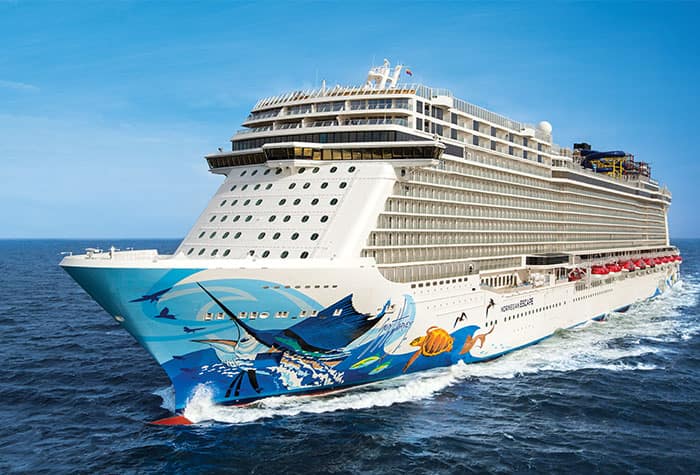A Brief History of the Bermuda Flag
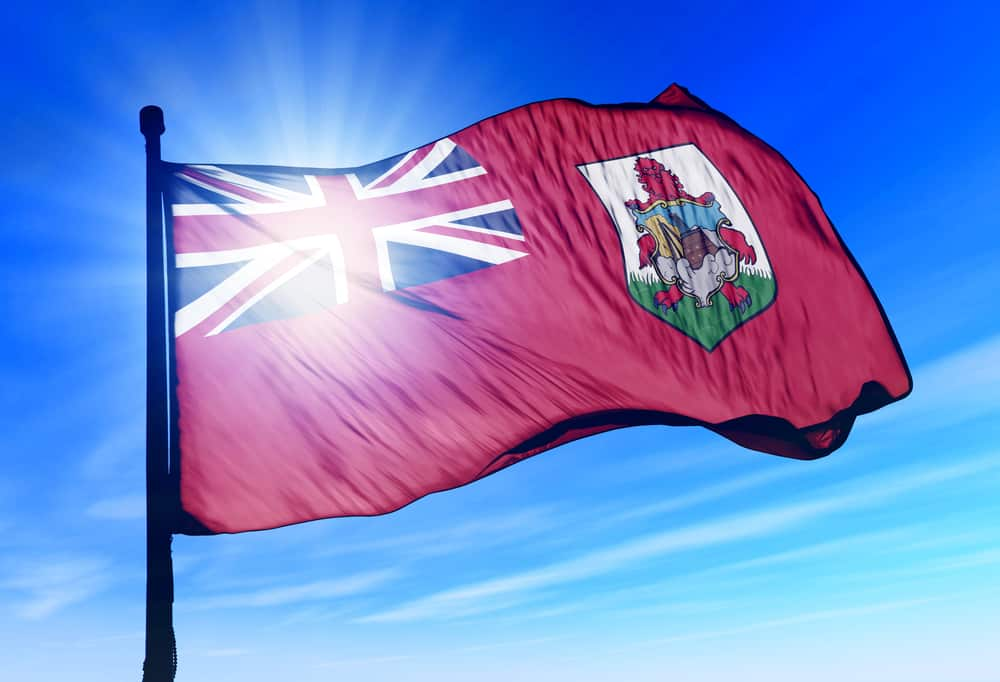
If you’ve ever cruised to Bermuda, you've likely seen the colorful Bermuda flag flying high just as your cruise ship pulls in close to the port. The flag of Bermuda, which was created in 1910, features the British Union Flag in the upper left corner, a red ensign, and the Bermuda coat of arms on the right. This banner is certainly unique, but have you ever wondered about the significance of these symbols? Check out this history of the Bermuda flag and learn what each of these markings represents.
Bermuda's History as a British Territory
With the Union Jack boldly displayed in the top left corner of the Bermuda flag, it's no mystery that British heritage is a key part of this nation's history. However, the island's European origins actually started with the Spanish when explorer Juan de Bermúdez landed on the island in 1503.
Though Bermúdez is the source of the name Bermuda, the island wasn't officially settled until 1609 when an English company — the same one that founded Jamestown — arrived on the island. “Sea Venture,” a 17th-century sailing ship, brought the English empire to Bermuda. The ship struck a reef, and its subsequent wreck is believed to be the inspiration for Shakespeare's play "The Tempest."
Though this British ship landed in the 1600s, the island wasn't an official British colony until 1707. From 1609 to 1614, Bermuda was considered an extension of Virginia. Another British company, Somers Isles Company, oversaw the colony until 1684. The English Crown took over after that, and when Scotland and England united their parliaments in 1707, Bermuda became a colony of the newly formed Kingdom of Great Britain.
Bermuda's British heritage is more than a historical footnote. Today, citizens born in Bermuda claim rights as both British Overseas Territory citizens and as Bermudians.
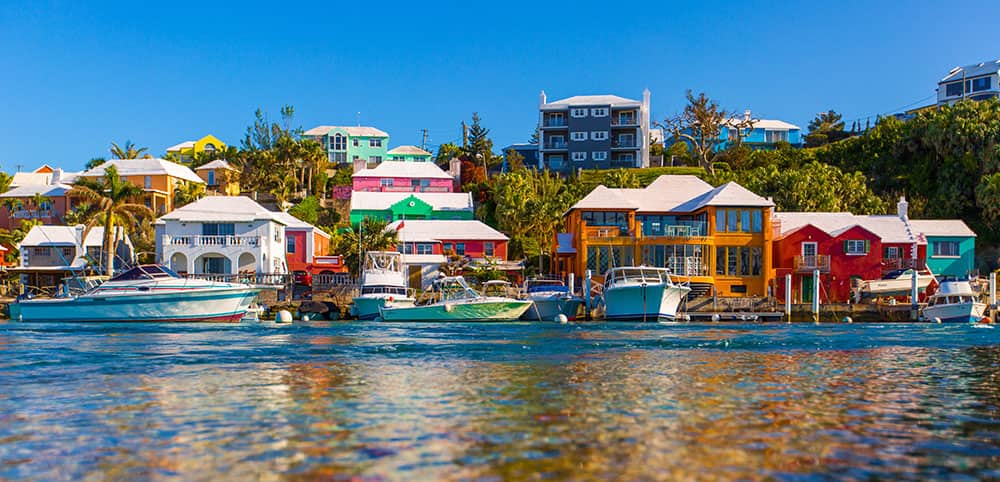
Bermuda's Union Jack
The national flag of the United Kingdom takes up the top left portion of the Bermuda flag, signifying the island's status as a British Territory. The United Kingdom's flag, also known as "Union Jack" and the "Union Flag," was adopted in 1603.
The Union Jack is actually a design portmanteau, combining the red cross of England's national flag with Scotland's white saltire - an "X"-shaped cross - and Ireland's red saltire on a blue background. This design goes back to the early 1600s when James VI sat on the thrones of both England and Ireland, uniting the countries that form the United Kingdom. So, when you look at the Bermuda flag, you're reminded of the joining of these nations centuries ago.
The Bermuda Coat of Arms
The Bermuda Coat of Arms is placed on the center-right of the island's official flag. The symbol features a red lion holding a shield, and inside the shield, you can see a wrecked ship. Underneath the shield is Latin text: "Quo fata ferunt." Here's what each of these symbols means:
- The red lion is a British symbol, reiterating the island's affiliation with the United Kingdom.
- The ship in Bermuda's coat of arms is the Edward Bonaventura. This was one of three ships that departed from Plymouth in 1591. The Edward Bonaventura struck reefs off the coast of Bermuda and sank. Roughly two dozen men survived. They built another boat using resources from the island.
- "Quo fata ferunt" means "Whither the fates carry us." The Latin text didn't appear on the original flag but was added at a later date.
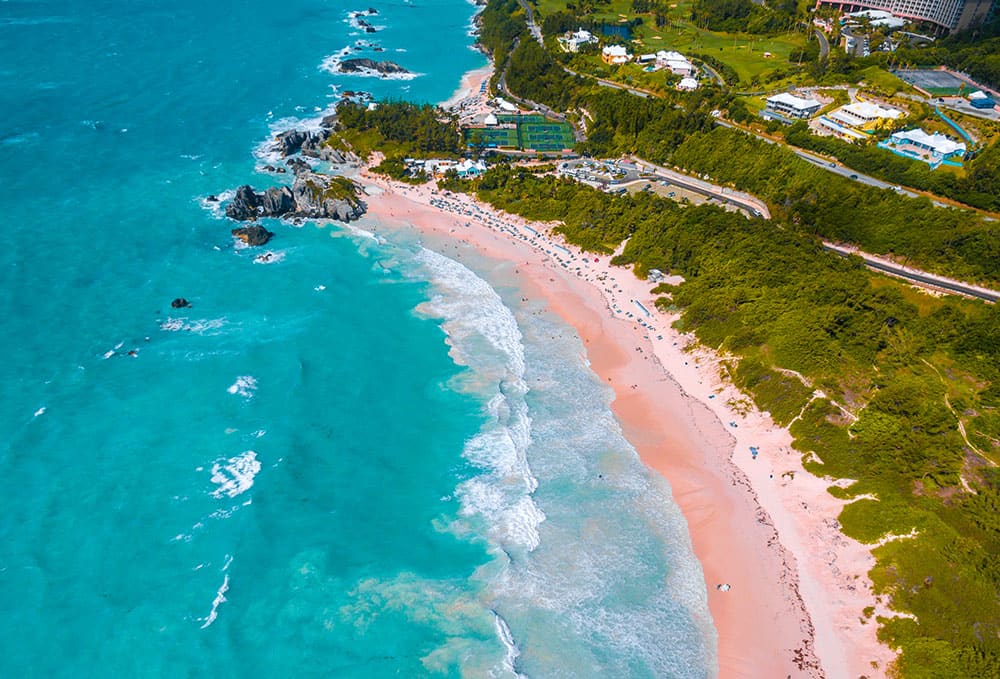
Changes to Bermuda's Flag
The modern Bermuda flag hasn't been flying for very long. The current flag - the one featuring the Union Jack, the red ensign, and the Bermuda Coat of Arms - has only been used since the 1910s. Before that, a similar flag was flown but with a blue ensign. Also, in place of the Bermuda coat of arms was a circular symbol comprising three boats and a wet dock, signifying the island's heritage as a British territory.
The use of a blue ensign - a term synonymous with "flag" or "banner" - was common onshore among British Overseas Territories. The red color is used in Bermuda's current flag because Canada and the Union of South Africa used red for their onshore flags in the early 1900s.
Other Flags Flown in Bermuda
The official flag of Bermuda has a red ensign, Bermuda's coat of arms, and the Union Jack. However, this isn't the only flag you'll see on a cruise to Bermuda. The Government Ensign of Bermuda, for instance, is similar but uses a blue background. This is the state ensign. Another example is the Standard of the Governor of Bermuda. This is the representative flag of the British monarch on Bermuda. It uses the standard ensign of the United Kingdom - the Union Jack - but with the Bermuda coat of arms in the center.
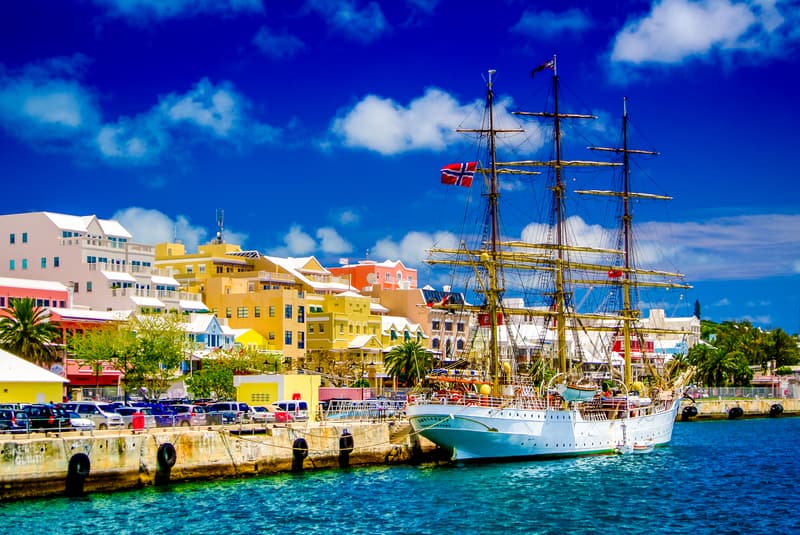
Fun Facts About Bermuda's Flag and the Island's History
Bermuda has long been a British territory, and a lot has changed in the centuries since foreign sailors discovered the island. Here's some trivia about the flag and Bermuda's history:
- Before the Bermuda flag that currently flies was adopted, and before the version with the blue ensign, the Flag of the Kingdom of Great Britain was flown over the island. This banner is like the Union Jack but without Ireland's red saltire. It was used from 1707 to 1801.
- The Flag of the Kingdom of Great Britain was first used in 1707 when the island became an official territory.
- In 1949, Newfoundland became part of Canada. This acquisition made Bermuda the oldest British overseas colony.
- In 1997, the United Kingdom returned Hong Kong to China. This made Bermuda the most populated surviving British dependent territory.
The Bermuda flag holds lots of history forged over centuries. If you're interested in experiencing the island's legacy and culture firsthand, take a cruise to Bermuda with Norwegian Cruise Line.




